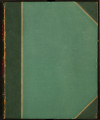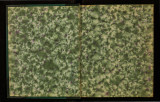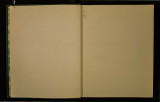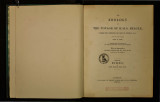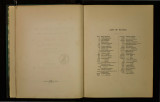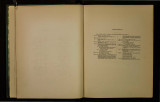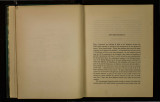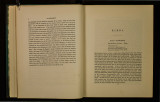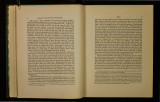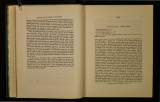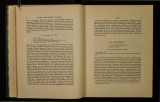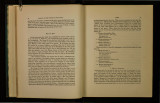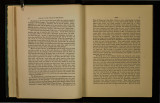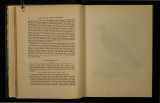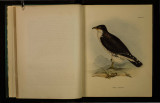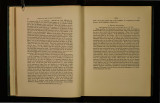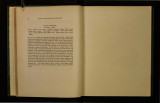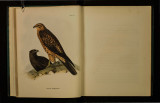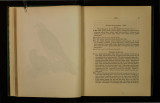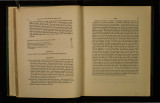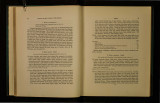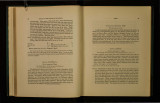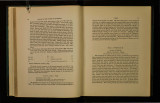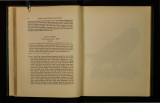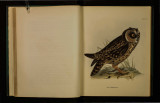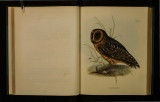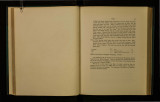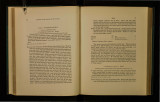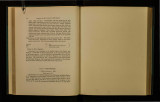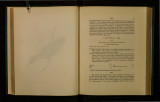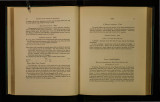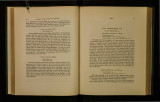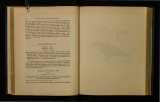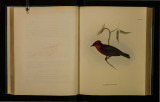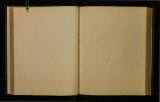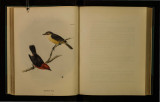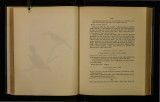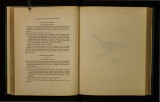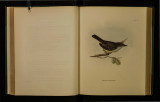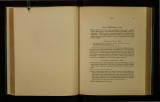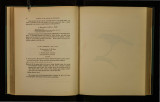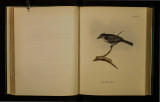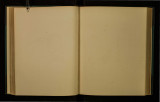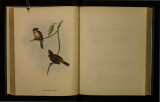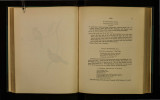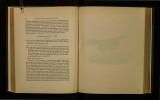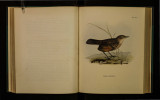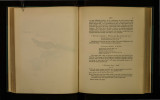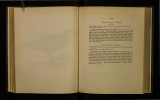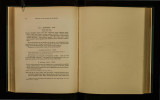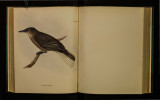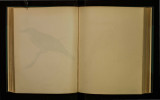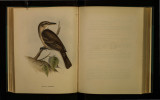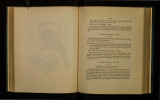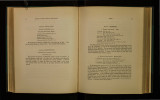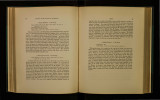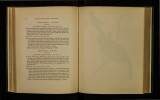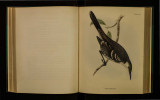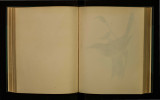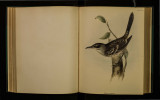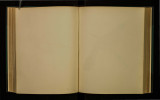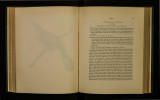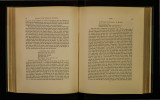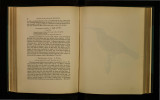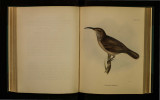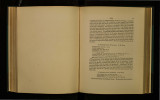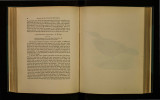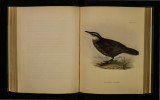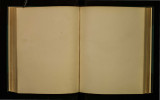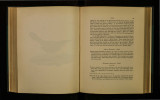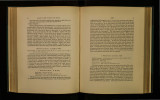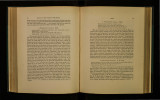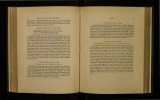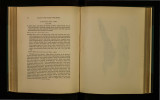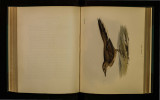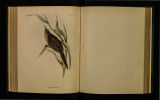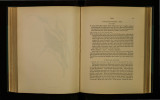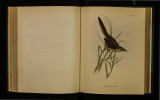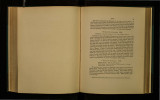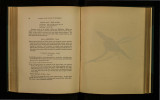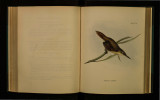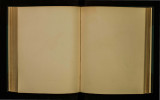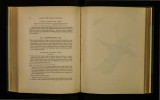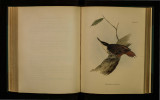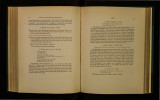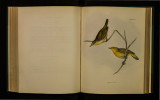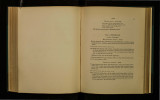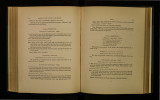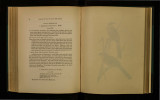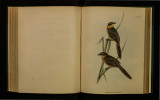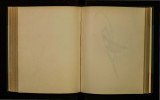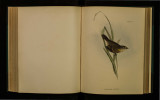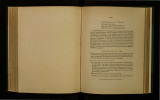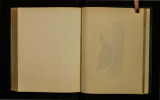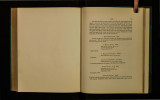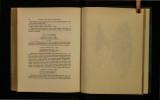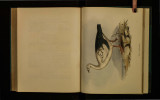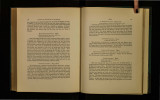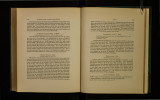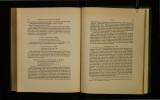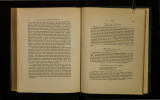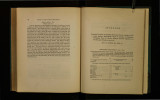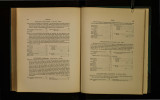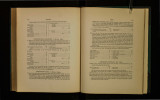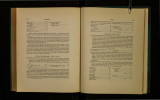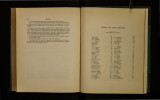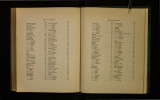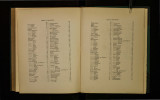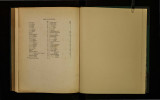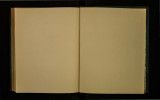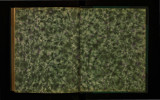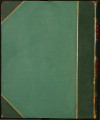| OCR Text |
Show I 72 ZOOLOGY OF TilE VOYAGE OF TilE BEAGLE. fleshy covering to the nostrils, and t~1e arch~d, rounded. win~, and great scratc~ing· claws, it was easy to imagine some dtstant kmd of relationship between these bll'ds and those of the Gallinaceous order. I was informed that the Turco makes its nest at the bottom of a deep burrow which it excavates in the ground. 3. PTEROPTOCHOS ALBICOLLIS. Kittl. Pteroptochos albicollis. Kittl. Mcm. do l'Acad. Pctersb. I. pl. iii. Vogel von Chili; p. 8. pl. iii. Mcgalonyx medius. Less. Ill. Zool. pl. lx. l\fcgalonyx albicollis. D'Orb. and Lafr. Mag. de Zool. (1636,) Aves, p. Hi. Lcptonyx albicollis. D'Orb. Voy. do l'Amer. Mer. Av. p. 196, pl. viii. f. 2. This species is called by the Chilenos " Tapacolo," or cover your posteriors. The name is well applied, as the Tapacolo generally carries its shot·t tail more than erect, that is, inclined backward and toward the head. It is extremely common in central Chile; and in the same manner as the Turco replaces the Barking-bird of the southern forest-land, so does the Tapacolo replace a fourth species (P. 1·ubecula), which is an inhabitant of the same forests. The Tapacolo frequents hedge-rows, and the bushes which are scattered at a considerable elevation over the sterile hills, where scarcely another bird can exist : hence it plays a conspicuous part in the ornithology of Chile. In its manner of feeding, and quickly hopping out of a thicket and back again, in its desire of concealment, unwillingness to take flight, and nidification, it manifests a close resemblance with the P. rnegapodius; its appearance is not, however, 80 strange, and (as if in consequence) it exposes itself more t•eadily to view. The Tapacolo is very crafty; when frightened by any person, it will remain motionless at the bottom of a bush, and will then, after a little while, try with much address to crawl away on the opposite side. It is also an active bird, and continually making a noise ; these noises are various and strangely odd; one is like the cooing of doves, another like the bubbling of water, and many defy all similes. The country people say it changes its cry five times in the year, which is according, I suppose, to some change of season. I was told that the Tapacolo builds its nest at the bottom of a deep lmrrow, like the Turco; whereas the P. Tarnii, (as well as the P. 1'Ubecula, an inhabitant of the same districts,) makes its nest amongst the sticks just above the ground. This difference in the nidification, of the southern and northern species, is probably due to the nature of the damp forests inhabited by the former in which a burrow could hardly be made dry. I may here observe, that travelling no~thward from Valparaiso to Coquimbo, I met near Illapel with a bird closely alh~d to the Tapacolo, but which, from some slight difference in manners, 1 behcved was a distinct species. The range of this supposed species, is from bet\\:een Coquimbo and Valparaiso, to at least as far north as the valley of Coptap6. BIRDS. 4. PTEROPTOCHOS RUBECULA. Kittl. Ptoroptochos rubeeula, Kittl. Vog. von Chili, p. 7. pl. ii. Megalonyx rubccula, D'Orb. 4· Lafr. Mag. do Zoo!. 1837, p. 16. Megalonyx rufogularis, D'Ot·b. ~· Lajt·. Voy. do l'Amor . .Mer. pl. 7, f. 2. Loptonyx rubecula, D'Orb. o/ Lafr. Voy. de l'Amcr. Mer. Av. p. 106. 73 This species appears to have nearly the same range with the P. Tm·nii: its southern limit certainly extends as far as 47° south, but northward, where the forests cease, near Concepcion, I was unable to ascertain that this bird is ever met with, and Kittlitz has made the same remark. In Chiloe, where it is common, it is called by the Indian inhabitants the "Cheucau." It frequents the most gloomy and retired spots within the damp forests. Sometimes, although the cry of the Cheucau is heard close by, a person may watch attentively and yet in vain; at other times, if he stands motionless, the red-breasted little bird will approach within a few feet, in the most familiar manner. It then busily hops about the entangled mass of rotting canes and branches, with its little tail cocked upwards. I opened the gizzard of several specimens ; it was very muscular, and contained hard seeds, buds of plants, occasionally some insects, and vegetable fibres mixed with small stones. The Cheucau is held in superstitious fear by the Chilotans, on account of its strange and varied cries. There are three very distinct kinds :-one is called" chiduco," and is an omen of good; another" huitreu," which is extremely unfavourable; and a third, which I have forgotten. These words are given in imitation of its cries, and the natives are in some things absolutely governed by them. I have already stated that I was informed by the inhabitants that the Cheucau builds its nest among~t sticks close to the ground. f), PTEROPTOCHOS PARADOXUS. G. ll. Gray. Troglodytes paradoxus, Kittl. Vog. von Chili, p. 12, pl. 5.-ltl. Mom. de l'Acad. St. Peters. 1833, i. pl. 5. Malacorhynchus Chilensis, Kittl. Mom. do l'Acad. St. Peters. 1835, p. 527. Leptonyx paradoxus, D'Orb. Voy. de l'.Amor. Mer. Av. p. Hl7. This species differs in a small degree from all the others of the genus : its claws are longer, tarsi shorter, and bill flattened at the top: in these, and some other respects, it approaches to Scytalopus. I may add, that from a greater degree of resemblance, especially in the feet, P. Tamii and megapodittS may be ranked in one section, and P. alhicollis and 1·ubeczela in another. I procured specimens of the P. paradoxus both from Valdivia and Chiloe; like the P. Tarnii and P. rubecula it is confined to the regions of forest. Its habits are closely similar to those of the last species. I opened the gizzard of one at Valdivia, and found it full of large seeds and the remnants of insects. In L |


